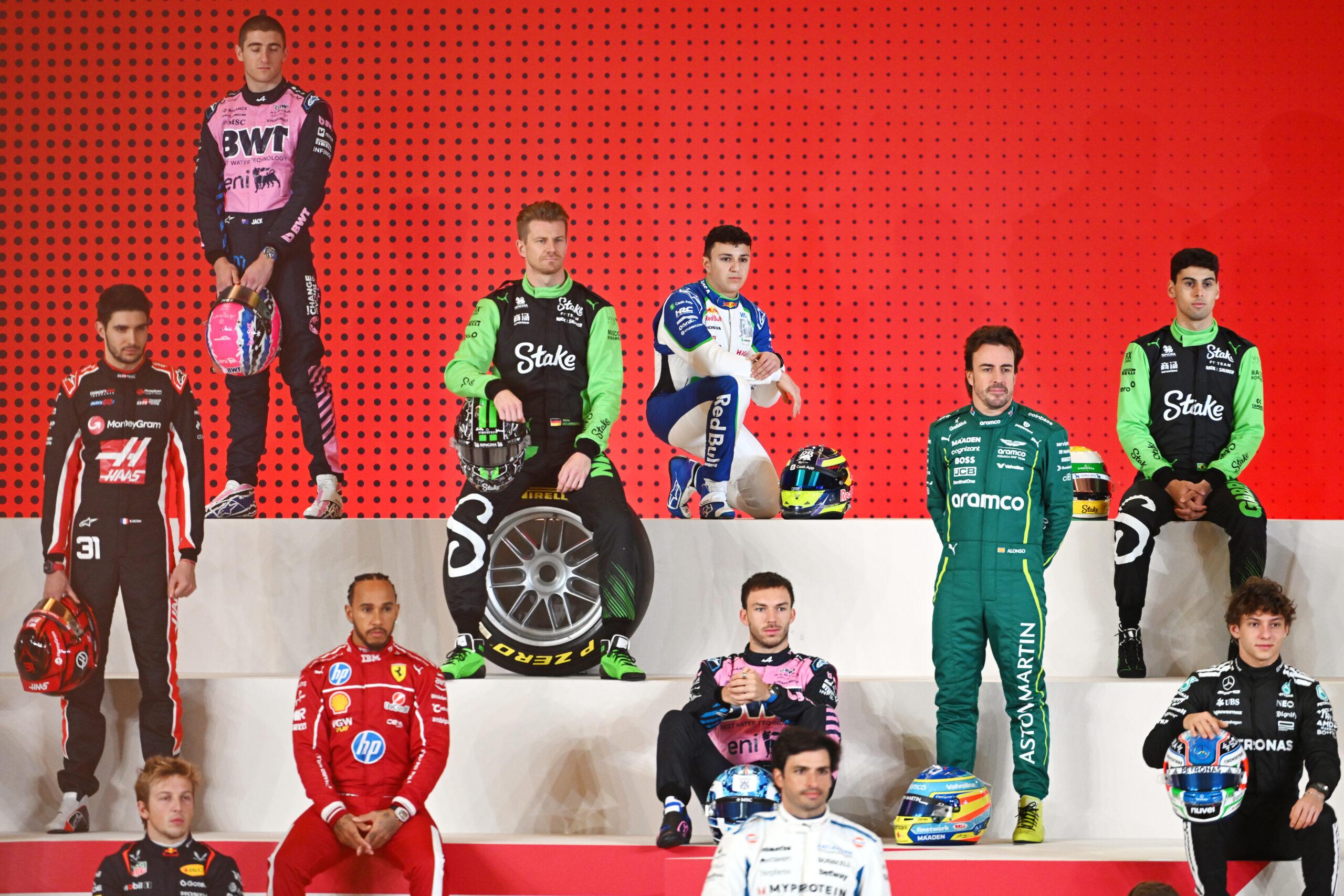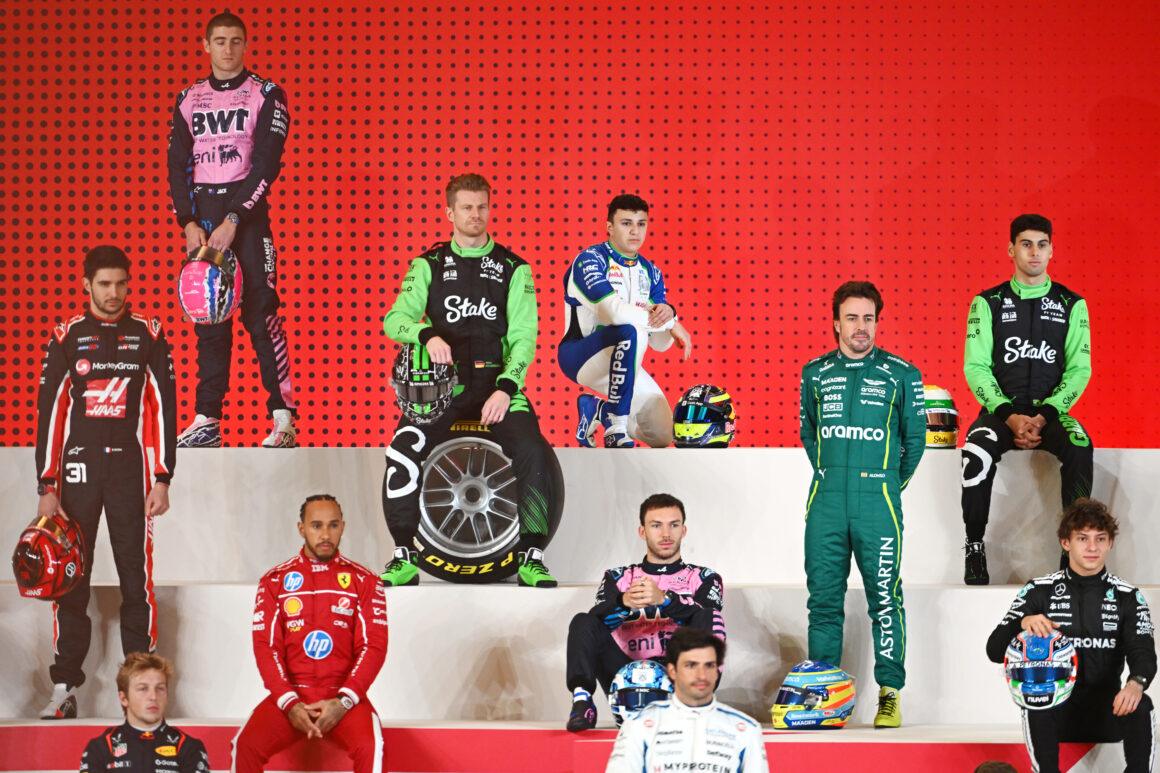Those showers of sparks behind a Formula 1 car aren’t Hollywood special effects. They’re physics, pain, and performance colliding under the chassis. When the floor kisses the asphalt, you get fireworks. Real metal on tarmac, not CGI.
Modern F1 cars run so low they could limbo under a door. The result? The underbody scrapes, the skid blocks hit, and the night lights up. Friction becomes theater. And the stewards keep the scorecards.
The Plank: Safety Cop With Teeth
Every F1 car carries a long, flat “plank” under the floor. It’s not for speed. It’s for control. Introduced in 1994, the plank enforces a minimum ride height to blunt dangerous aero extremes. Too low equals too fast. Too fast equals trouble.
This plank isn’t wood anymore. It’s a glass-reinforced composite called Permaglass, bolted into the belly of the beast. It’s the hall monitor that never blinks. Wear it down too much and you’re gone.
Skid Blocks: Titanium, Sparks, and a Side of Drama
Embedded inside the plank are small metal plates called skid blocks. Since 2015, the FIA mandated titanium alloy for these. Why? Officially durability. Unofficially, the show. Titanium throws spectacular sparks. Night race? Free fireworks.
When the car bottoms out—over bumps, kerbs, or at top-speed compressions—the titanium touches the track and ignites a stream of sparks. It’s not a failure. It’s the car doing its job. Ground effect sucking the car down, exactly as intended.
Ground Effect: The Vacuum Cleaner From Hell
Current regulations rely on ground-effect aerodynamics. The closer the floor to the track, the more downforce the car makes. Teams chase that razor’s edge—lower, tighter, faster. Ride height is lap time.
But ride too low and the plank gets chewed. That’s your tradeoff. Sparks are the visual receipt. The plot thickens like a team’s excuse list whenever stewards pull out the calipers. Glory or disqualification.
The Fine Print: Wear Limits and Brutal Penalties
Here’s the cold rule: the plank starts at 10 mm. You’re allowed just 1 mm of wear across a race. That’s it. Go thinner and you’re out, no arguments, no appeals to vibes. Measured, not debated.
Teams still flirt with disaster. Run low, win big—if you survive scrutineering. Ask Lewis Hamilton and Charles Leclerc. Both were tossed from the 2023 United States Grand Prix for excessive wear. Lights out and away we… oh wait, they’re disqualified.
Circuits That Spark Joy (And Titanium)
Not every track sets the night on fire. Aggressive kerbs and bumpy surfaces turn the wick up. Street circuits like Singapore and Monaco? Spark factories. Low, stiff, and savage.
Smoother layouts generate fewer fireworks. But compressions, elevation changes, and high-speed corners will still scratch the underfloor. The car doesn’t care where it is. Physics always collects. Tarmac taxes paid in titanium.
When Spectacle Bites Back
Mandating titanium turned sparks into a signature look. Then came the twist: white-hot shards can ignite trackside grass. Sessions have been halted when those embers did their worst, forcing the FIA to test alternative materials like steel to tame the flames. Showtime became scorch time.
That’s modern F1 in a nutshell. A safety part, reimagined as a spectacle, causing a fresh safety headache. Somewhere, a PR manager just had a minor stroke. File this under: Yikes.
Mythbusting: Sparks Don’t Mean Something’s Broken
Fans see fireworks and think failure. Wrong. Most of the time, sparks mean the aero is cooking and the setup is aggressive. Teams want that. It’s controlled scraping, not structural damage. Optimized, not doomed.
The danger is over-wear, not a few showers. That’s why engineers live in telemetry, comparing ride heights, kerb profiles, tire temps, and fuel loads. They’re gambling millimeters for tenths. The house always measures.
Setup Chess: Low Is Fast, But Disqualification Is Faster
Teams trim ride height to slice lap time. Then they juggle spring rates, heave elements, and rake to manage plank wear. It’s a dance with no margin. Drop it, but don’t drop out.
Bumpy weekends—and sprint formats—raise the stakes. Less practice, more unknowns, higher risk. Get it wrong and you’re collecting disappointments like they’re Pokemon cards. Another masterclass in how NOT to manage wear.
Why You See More Sparks At Night
Simple. Darkness turns embers into spectacle. Under floodlights, every scrape becomes a meteor shower. The camera loves it. So do promoters. Visibility equals virality.
It’s marketing gold built on engineering precision. The FIA knows it, teams know it, and your eyeballs definitely know it. The best kind of sizzle: real.
Signature Moves Meet Signature Sparks
Watch the greats and you’ll see patterns. Verstappen’s divebomb special? Cue sparks on corner entry. Hamilton’s hammer time? Expect the floor to flirt with the limit through high-speed sweepers. Speed leaves scorch marks.
Classic Alonso late-braking has sent more rivals wide than a bad GPS—and yes, the titanium sings when he nails it. That’s not drama. That’s data with pyrotechnics. Performance you can literally see.
Quick Answers: Your Spark FAQ
- What causes the sparks? Titanium skid blocks scraping the track under heavy load.
- Is it dangerous? Not usually for the car, but trackside fires forced material tests.
- Do more sparks mean faster? Often, yes—lower ride height equals more downforce.
- Can sparks get you disqualified? Indirectly. Excessive plank wear gets you booted.
- Why more at some tracks? Aggressive kerbs, bumps, and compressions trigger contact.
Bottom Line: Sparks Are the Truth Serum
Sparks are the sport laid bare: speed against regulation, show against safety, engineers against gravity. They’re not decoration. They’re the cost of chasing perfection millimeter by millimeter. The competition? Reduced to expensive spectators.
So next time the night erupts behind an F1 car, don’t blink. That’s the edge, literally. And it’s sharp enough to cut results. Sparks don’t lie.

